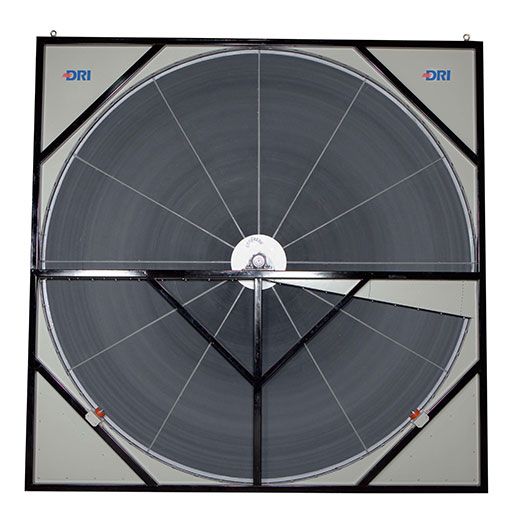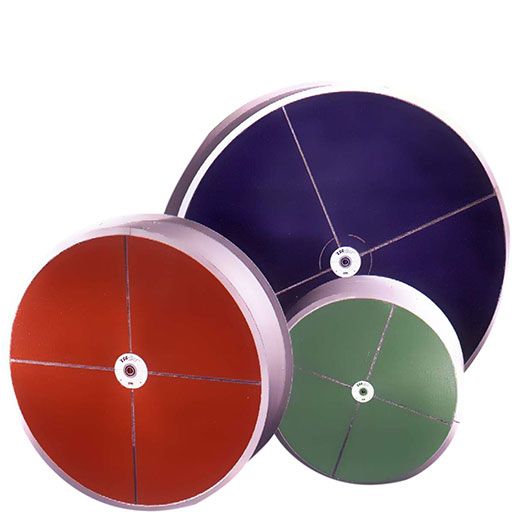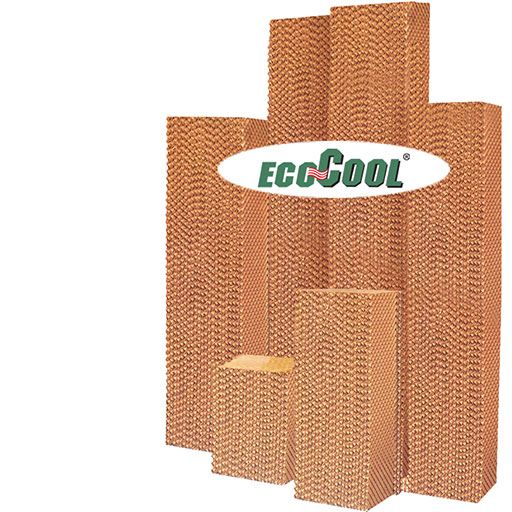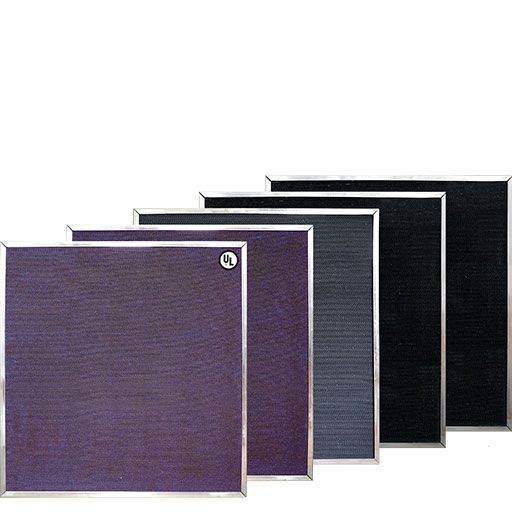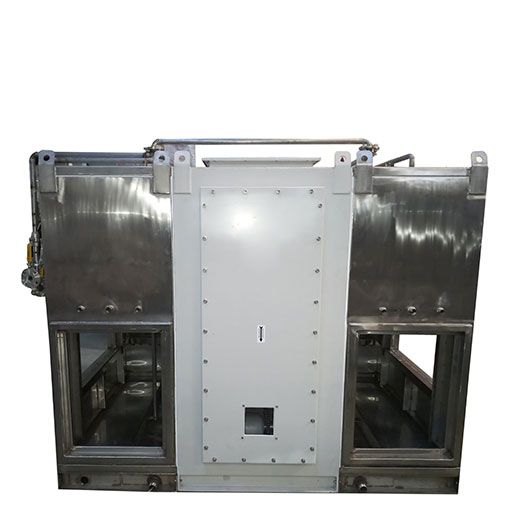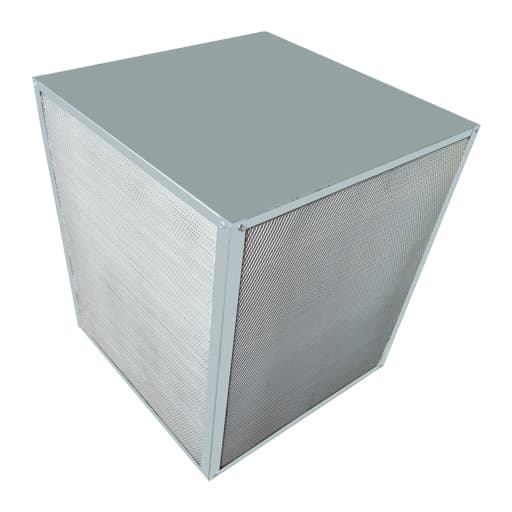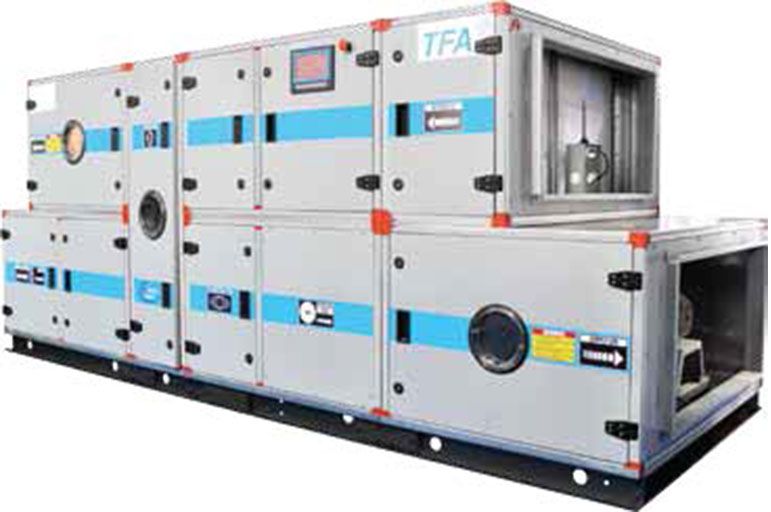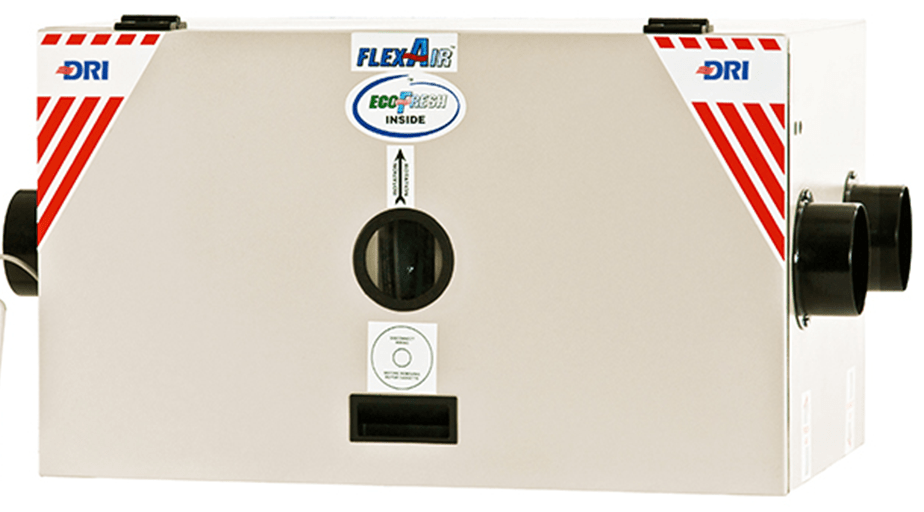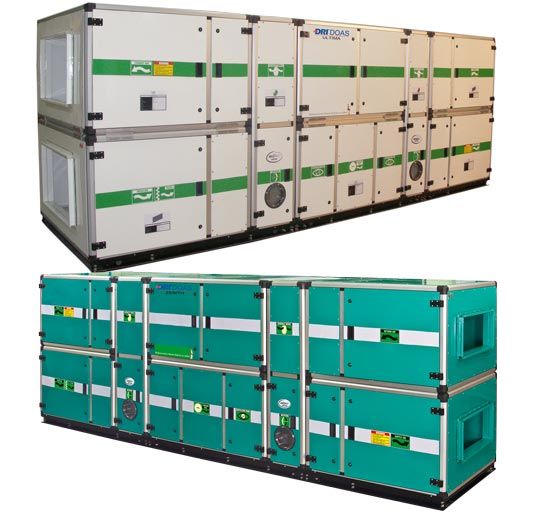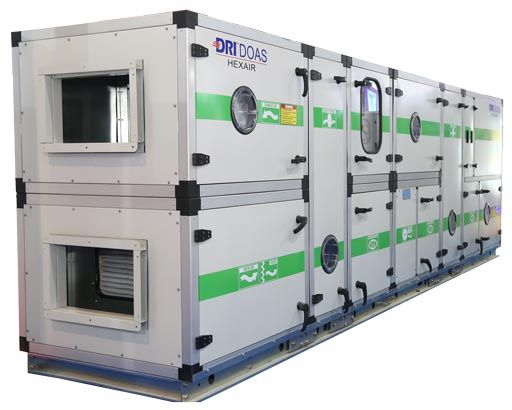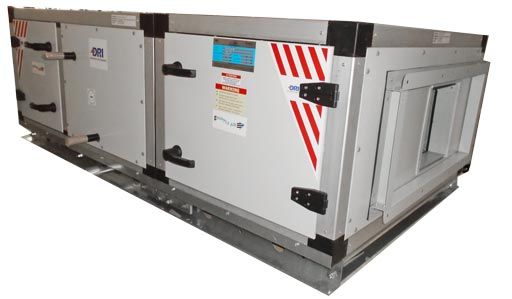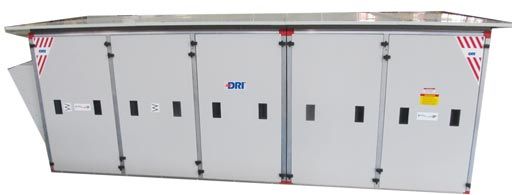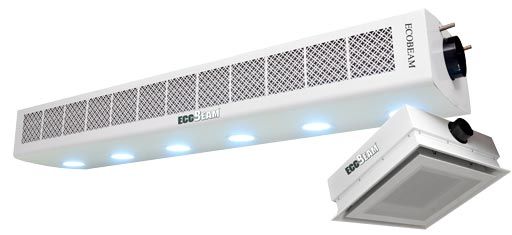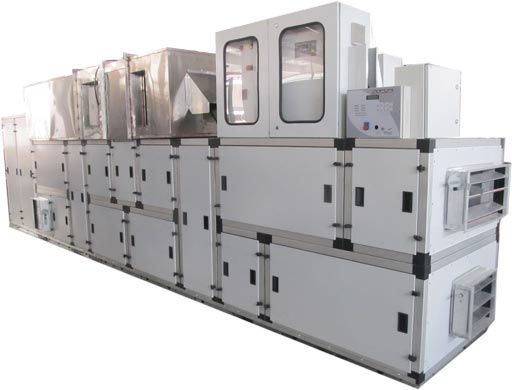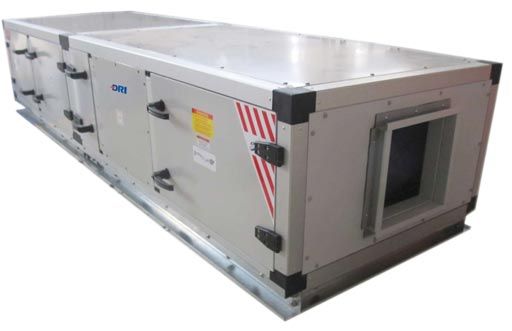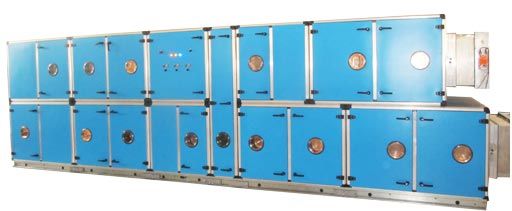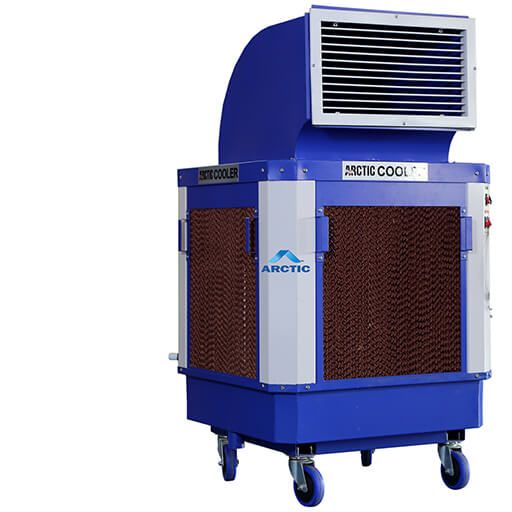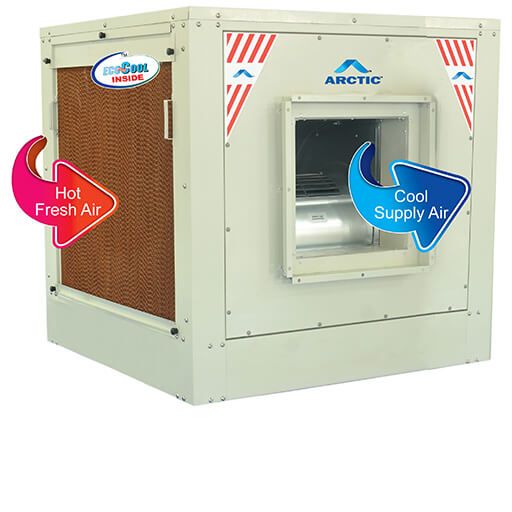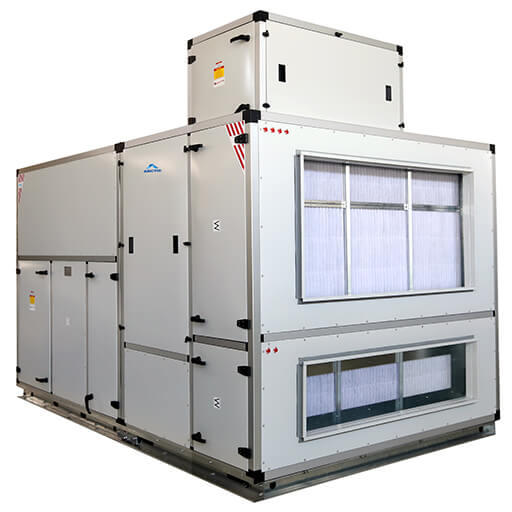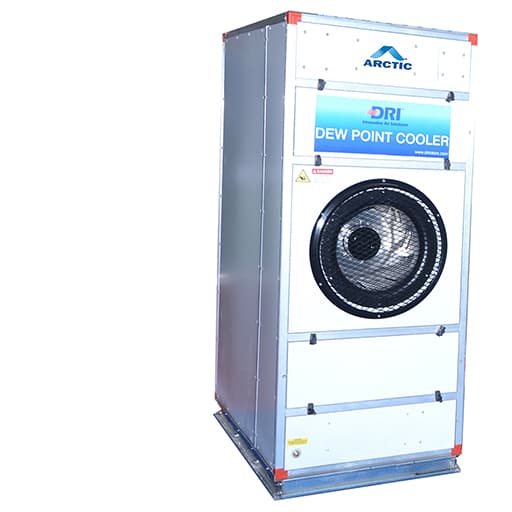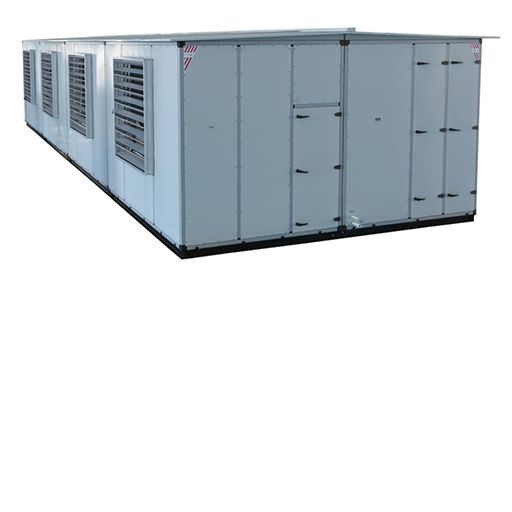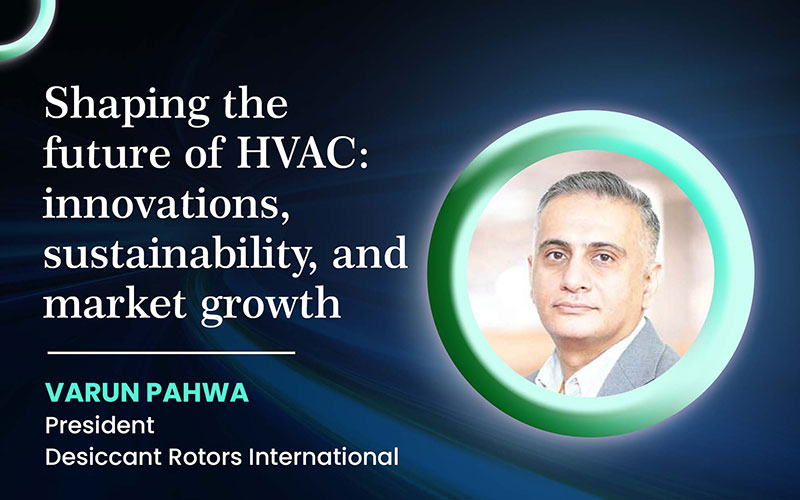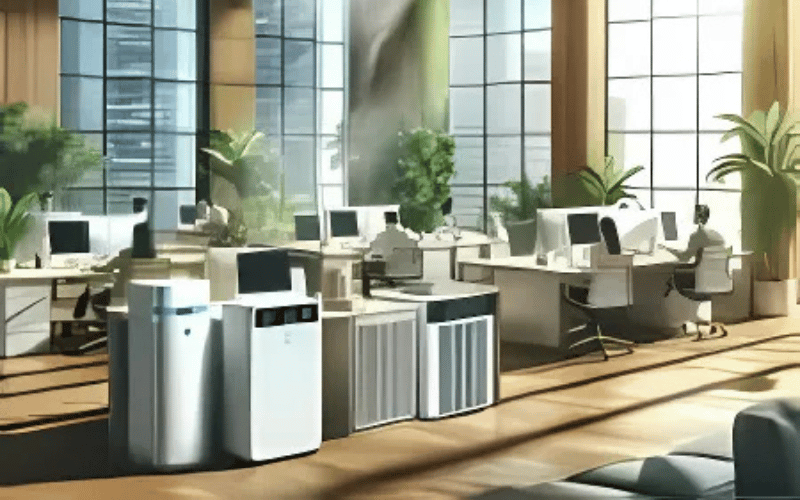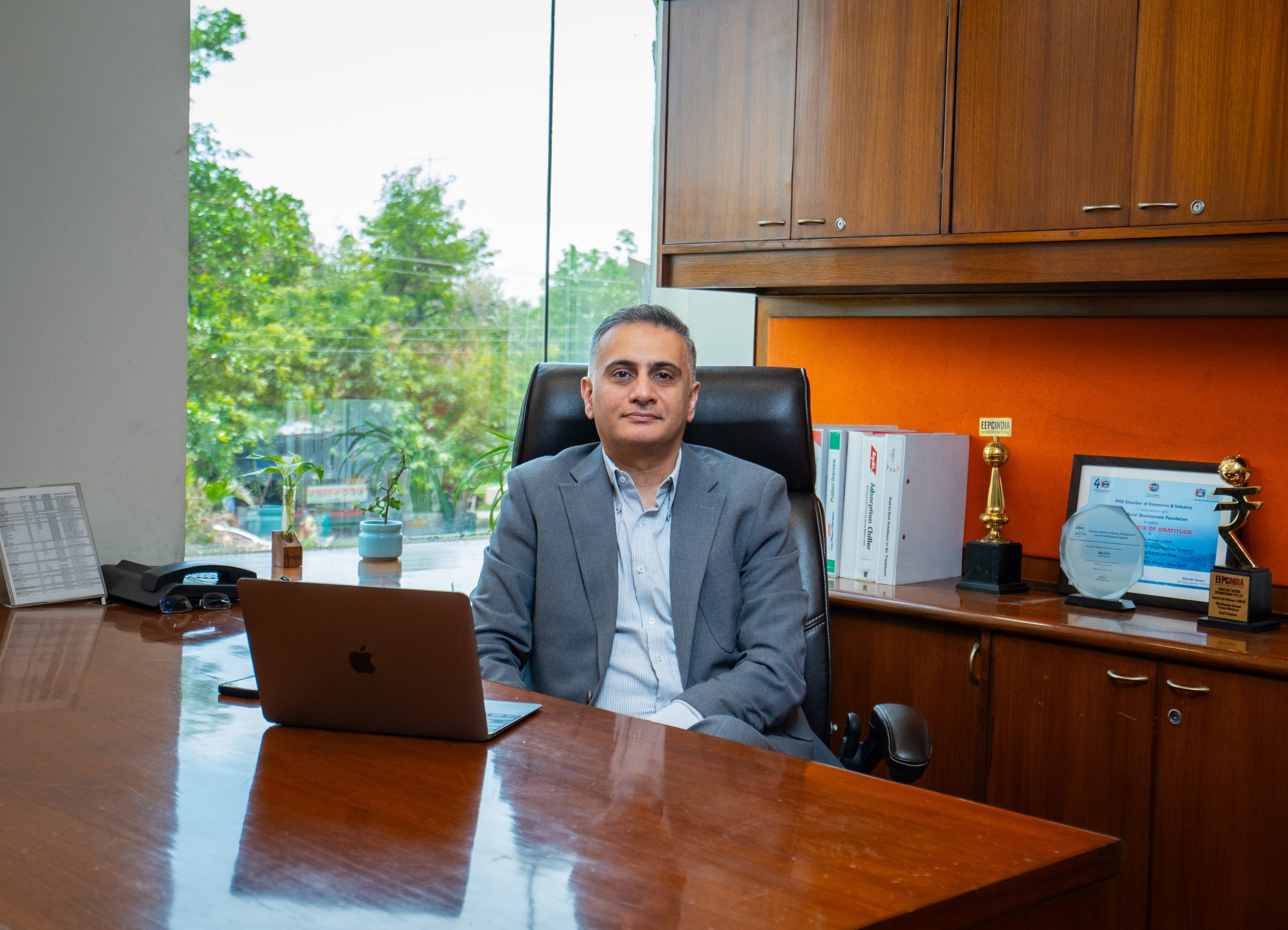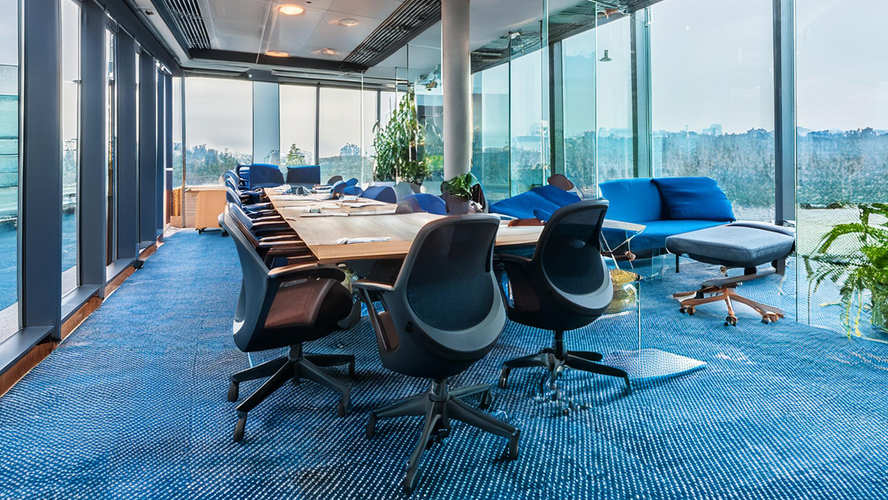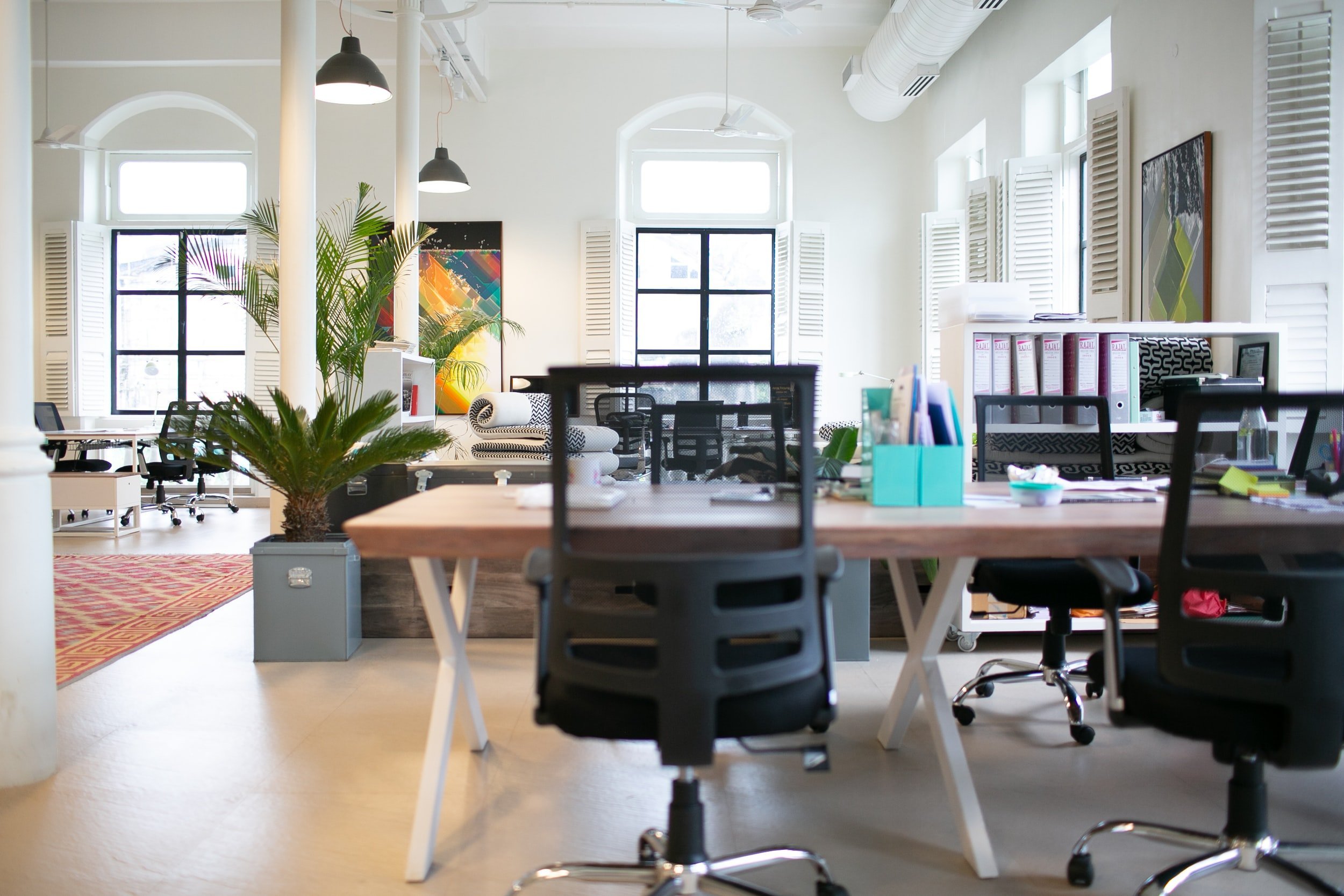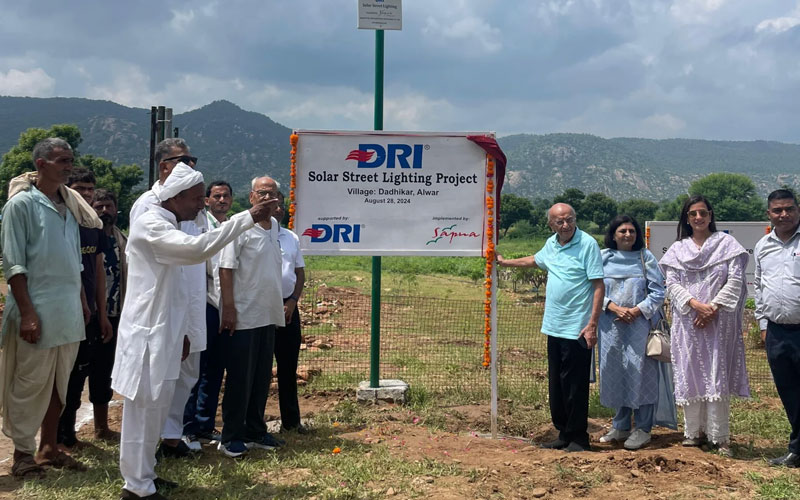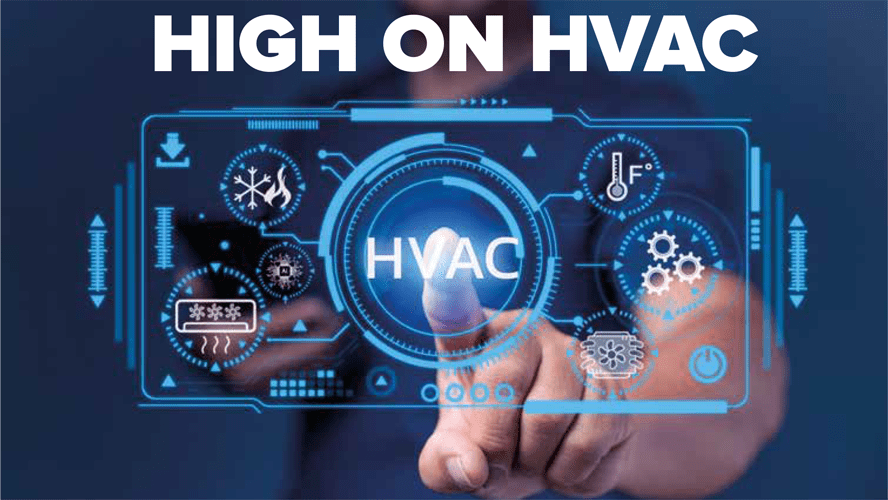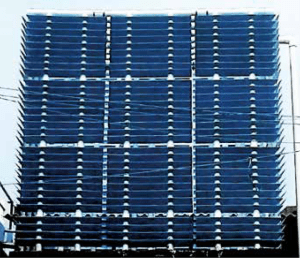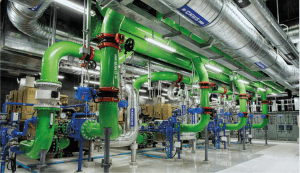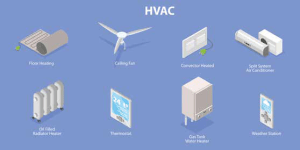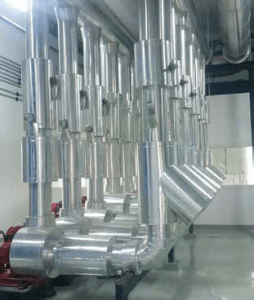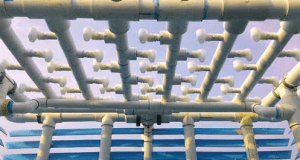The HVAC industry is evolving with a strong focus on energy efficiency, indoor air quality, and sustainable solutions. Varun Pahwa, President at Desiccant Rotors International, discusses advancements, the role of low-GWP refrigerants, and how cutting-edge technology is shaping building management for a greener future.
How do you perceive the HVAC industry in 2025?
The HVAC landscape looks promising for 2025 and beyond, majorly fuelled by infrastructure development. The growth in construction and rise of buildings are boosting the demand for the HVAC industry, further supported by the proliferation of hypermarkets and the flourishing of more shopping complexes and malls. On account of this, the HVAC sector is very likely to grow at a phenomenal rate, with WebFx expecting the global market to exceed $367 billion by 2030, projecting a CAGR of 3.9 percent between the forecasted period of 2020 and 2030.
What latest advancements have taken place in your expertise field within the HVAC industry?
With sustainability at its core, the advancement of the HVAC sector majorly hinges on energy-efficient solutions. Companies are adapting to new energy efficiency regulations with alacrity, focusing on R&D to implement safe energy and cost-effective HVAC solutions. Due to this, the HVAC players ensure certifications of Seasonal Energy Efficiency Ratio 2 (SEER) and Heating Seasonal Performance Factor 2 (HSPF) systems to comply with industry standards.
In addition to energy efficiency, the sector is influenced by the rising demand for improved indoor air quality (IAQ). With consumers becoming aware of IAQ and the impact of indoor air pollutants on the health of occupants, it is the need of the hour to innovate for advanced filtration technologies and incorporate best practices to provide improved IAQ.
Along similar lines, we at DRI offer Treated Fresh Air Handling (TFA) systems to fulfil the ventilation standards and achieve excellent IAQ by preconditioning the incoming fresh air. These systems conduct the filtration and treatment of air to eliminate pollutants, allergens, and contaminants before the air is introduced to the enclosed space. The systems bode well for the continuous supply of clean and healthy air and go a step further by incorporating energy recovery wheels to recover both sensible and latent energy, facilitating energy saving while improving IAQ and controlling humidity.
How do low-GWP refrigerants help reduce greenhouse gas emissions?
HVAC systems with high global warming potential (GWP) invariably increase greenhouse gases, triggering climate change. The very common hydrofluorocarbons (HFC) used in the systems can be considered an environmental threat, so transitioning to low GWP can significantly offer eco-friendly solutions.
Opting for natural refrigerants like hydrocarbons, carbon dioxide, ammonia, HFOs (Hydrofluoroolefins), etc., can reduce carbon emissions and exercise the economy in terms of energy usage. Taking the offering a step further, industry players are also focusing on bringing about the confluence of HFOs and HFCs to amplify the mitigation of GWP.
How can design and technology improve building management and the built environment?
Integrating advanced technologies in HVAC systems can significantly enhance buildings’ performance. Variable frequency drives (VFDs) facilitate precise system control and oversee energy consumption modulation. Similarly, energy recovery ventilators (ERVs) drive optimal ventilation, enabling heat and humidity exchange between incoming and outgoing air. Moreover, installing smart technologies in building automation systems employs energy management strategies that monitor and regulate the systems based on occupancy patterns. In the process, AI and IoT-driven systems utilize the data points to enable centralized monitoring.
What do you look for during ACREX 2025?
Ever since the inception of ACREX, we have been active participants in every edition. Considering that it is the biggest exhibition in the HVAC sector, even this year, we look forward to expanding our networking with the event. It will open the gateway for tapping the potential target audience and showcase our advanced technologies catering to the evolving needs of the industry.

